Asphalt and Politics
Asphalt and Politics
Asphalt and Politics
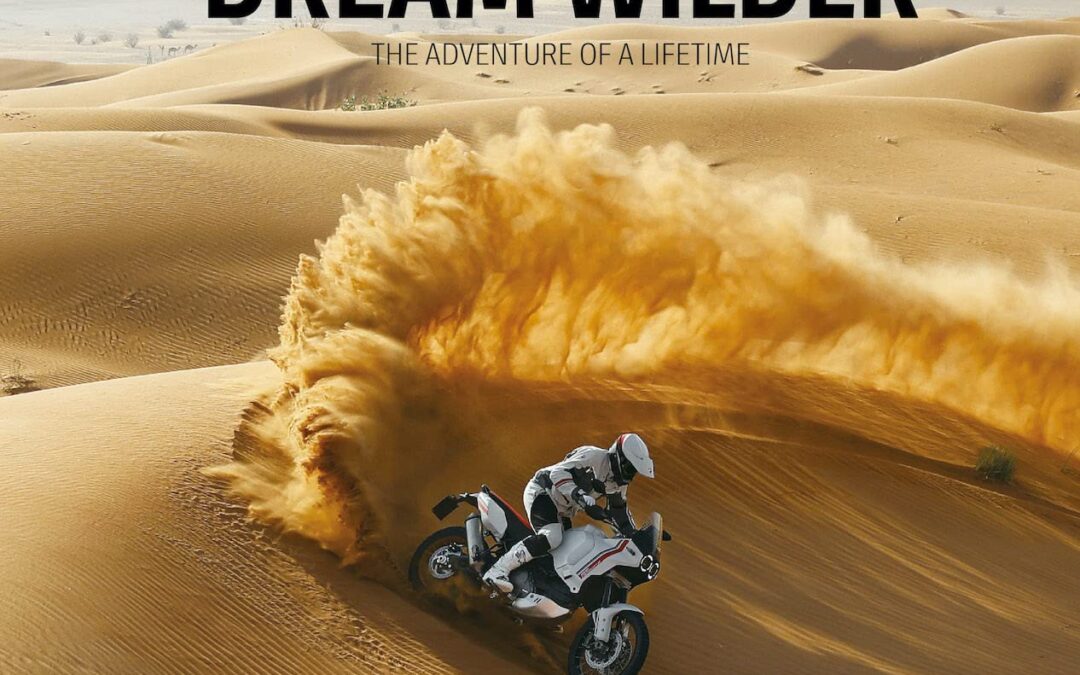
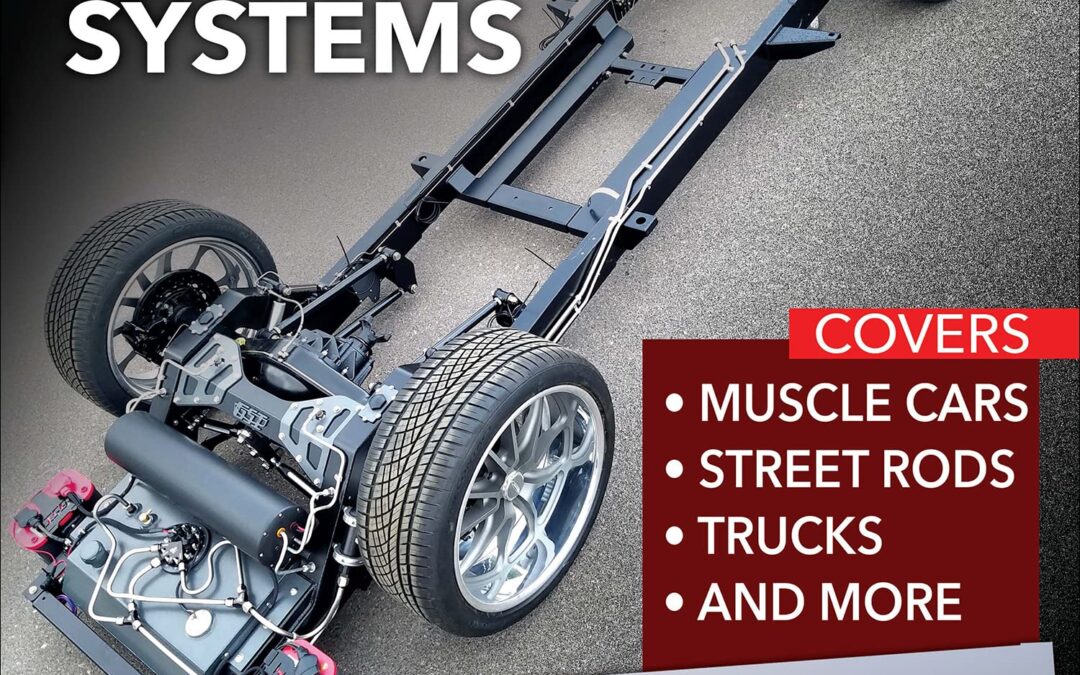
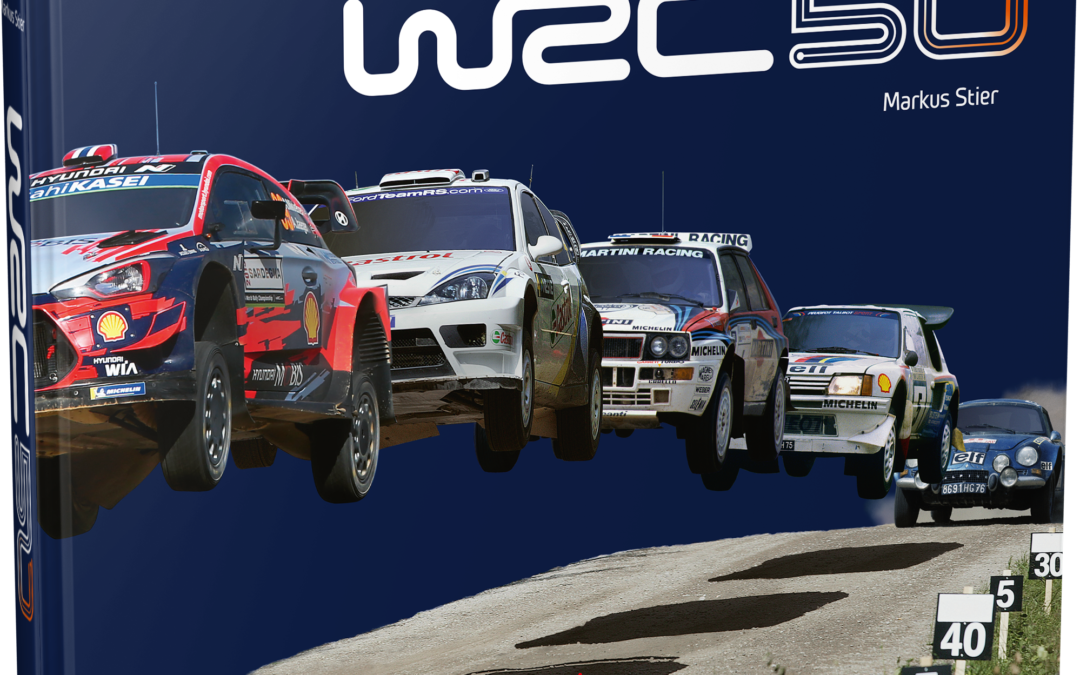
Celebrating fifty seasons of the most spectacular motorsport, the World Rally Championship marries state-of-the-art technology with endurance and speed in a battle against both the clock and the elements of nature. Rallying is the mother of all motorsport. Mastering a car on gravel, snow and asphalt, in extreme heat, ice, rain, fog and darkness is the supreme discipline on four wheels. The World Rally Championship, which has been held since 1973, has entered its 50th season. Time to look back at these automotive and human legends from Alpine to Integrale, from Colin McRae to Sébastien Loeb, from the wild Group B cars to the technically fascinating Rally1 racers with hybrid drive. It’s all here in this book.
With hundreds of photos from the McKlein archive, of which many are unique to this book, it encapsulates the highs and lows of a half a century’s fight for the WRC crown: the technical development, the dramas, the heroic sagas and the curiosities. It’s an encyclopaedia of an era of enthusiastic drifting, through to the battle for tenths of a second with the fastest cars of all time travelling on a mixture of gravel roads. A book of stories and pictures about the most spectacular motorsport in the world.

Flash Drive Contents:
This is a digital collection of flathead Ford material never before available in one place. It is an accumulation of material gathered over a period of 65 years of building, testing, and driving these challenging and wonderful engines. Buying the flash drive allows all this material to be in one place, in a compact, searchable, economical format.

The word ‘Quattro’, chosen by Audi for its pioneering high-performance four-wheel-drive cars, immediately captures glamour and excitement in the minds of all motorsport enthusiasts. This book, written by a leading journalist and Quattro devotee, explores 24 years of factory-prepared and factory-supported Quattros in motorsport, from 1980 to 2004. It is a tale that extends from rough rally stages to race tracks, from pine-fringed ice trails in the depths of European winters to the shimmering heat haze and melting asphalt of Texas street racing. Along the way, it explains how Quattros collected four world rally championships, five American driver/manufacturer crowns and a single-year haul of seven international touring car titles, plus numerous other honours.
With the five-cylinder turbocharged Quattro in its original form, rallying in the early years yielded numerous wins, most of all in 1982, when seven victories in 11 world championship rallies brought the first title. With the short-wheelbase Sport added to Audi’s armoury, 1984 became an all-action, all-conquering rallying season with two more world titles won, for drivers (Stig Blomqvist) and manufacturers. Three stunning Pike’s Peak wins were achieved in America in successive years, for Michele Mouton (1985), Bobby Unser (1986) and Walter Röhrl (1987). Starting with double championships for the 200 quattro in TransAm (1988) and the 90 Quattro in IMSA (1989), racing success unfolded in America. Exuberant Hans Stuck was the star driver, but consistent team-mate Hurley Haywood captured that 1988 title. Touring car campaigns during the 1990s brought huge success, starting with fearsome V8 Quattro ‘racing limos’ in Germany. Global achievements followed with A4 Quattros in many national Super Touring series throughout Europe and in Australia, including Frank Biela’s 1996 title-winning campaign in Britain. Audi continued to win on track in the new millennium as race versions of the S4 and RS6 captured five SCCA GT Championship titles in America.
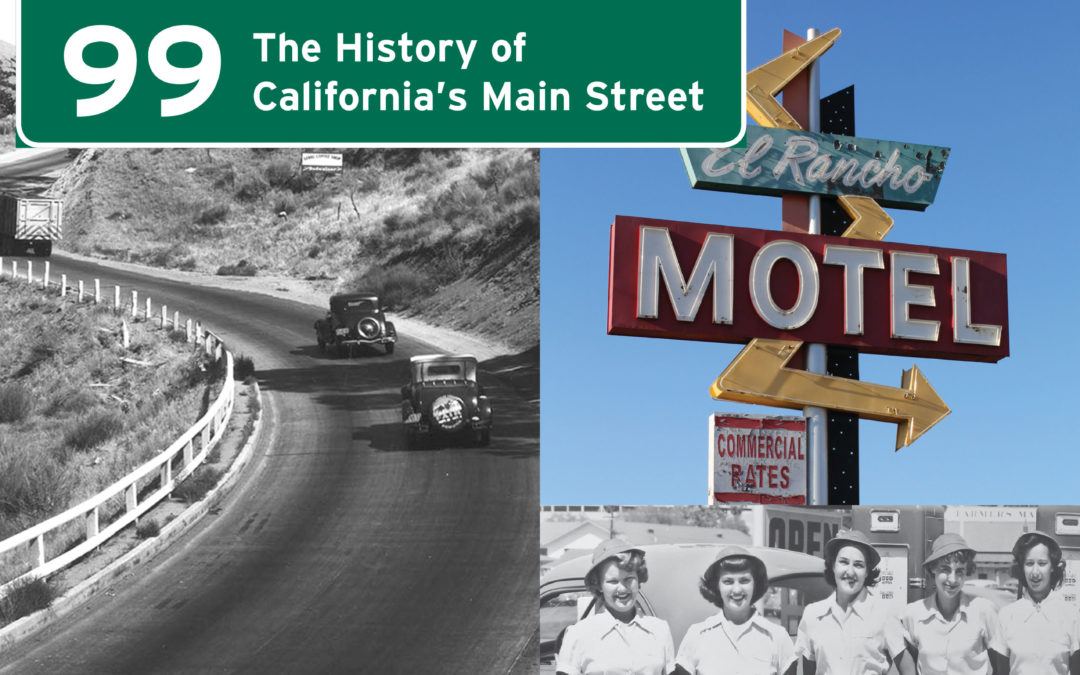
Before it was a modern freeway, California’s State Highway 99 was “the main street of California,” a simple two-lane road that passed through the downtowns of every city between the Mexican border and the Oregon state line. Highway 99: The History of California’s Main Street turns back the clock to those days when a narrow ribbon of asphalt tied the state’s communities together, with classic roadside attractions and plenty of fun along the way.
Highway 99 documents the birth, growth, and transformation of the highway; the gas stations, motels, restaurants, and attractions that flourished and declined by the roadside; and the communities, personalities, and historical events that made their mark on the highway. From the migrations of the Dust Bowl to the birth of the Bakersfield Sound to the foundation of America’s fast-food culture, the history of California has happened around Highway 99, and Highway 99: The History of California’s Main Street brilliantly depicts that history.

Road racing has long-storied roots in North America that reach from coast to coast and to Canada. Some of the greatest drivers to ever compete raced wickedly fast machines, staged epic duels on winding strips of asphalt, and created history. This history left an enduring legacy that is revealed and celebrated in Lost Road Courses. Road racer and road racing expert Martin Rudow retraces road racing’s glorious past and visits the defunct classic road courses across the United States and Canada.
Many road courses were built in the 1950s and 1960s, the golden age of American road racing. These classic road courses built and hosted famous races for Trans-Am, Can-Am, IndyCar, Formula 1, and sports car racing, but did not survive the times. They fell victim to changing times, poor business decisions, urban sprawl, safety standards, and increasing real estate prices. Rudow recounts the breathtaking races and fascinating history of more than 16 tracks from around North America. Riverside International Raceway, Bridgehampton Race Circuit, Ontario Motor Speedway, Continental Divide Raceway, and many others were once major race venues that have since closed. The great race teams, legendary drivers, classic race series that visited the tracks, and cars that turned laps are brought into full focus. The exploits of Chaparral, McLaren, Bud Moore, Lotus, Penske, and other race teams as well as racing greats Mario Andretti, Parnelli Jones, Jim Hall, A. J. Foyt, Al Unser, Jim Clark, and Dan Gurney are covered. Rudow also digs beneath the surface to reveal the story behind the story. The visionaries and businessmen who saw potential and risked capital to build these palaces of speed come back to life. He also recognizes the unsung heroes and regional racers who competed, staffed, and took on various roles at these tracks.
In the pages of this book, a nostalgic tour of these famous races at these vintage road circuits unfolds. Many period photos illustrate the racing action and the tracks themselves in their former glory, and modern color shows the tracks as they currently stand. If you’re a fan of classic sports car, Can-Am, Trans-Am, IndyCar, Formula 1, as well as classic and unique tracks of yesteryear, this book is a must-have.
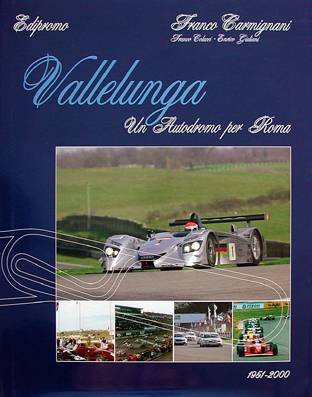
The Vallelunga Racetrack is located about forty kilometers north of Rome in the town of Campagnano. From 1957 on, with the race – Esso Six Hours – on the new asphalt track, Vallelunga has hosted hundreds of car and motorcycle races, starting with the Rome Grand Prix that found its definitive home at Vallelunga. In this arc of time, all the greatest champions of car and motorcycle racing have passed through Vallelunga, and some of them were even trained here, attesting to the technical validity of the facility. The soundness of the track has been underscored in more recent times by the spectacular success of the Super Touring races and the Silver and Gold Cups and by the constant presence of Audi, building its triumphs in Super Touring

BUILDING THE PRO STOCK LATE MODEL SPORTSMAN MANUAL – INCLUDES: Chassis Set-up, For dirt & Asphalt Tracks, Stock front stub modifications, Flat vs banked track set-ups, Adjusting the car at the track.
————————-
A complete step-by-step build up of a low cost chassis and car for the pro stock/sportsman rules. Uses a 1970-81 stock Camaro front stub with a fabricated perimeter frame. Steve Smith designed the chassis and furnishes blueprints in the book for building it. He discusses at every step the reason for component choice and how suspension theory was put into practice. Full of helpful tips and professional tricks. For dirt and asphalt tracks Stock front stub modifications Complete chassis set-up Flat vs banked track set-ups Adjusting the car at the track Rear suspension systems that hook up

A brand new book for both dirt and asphalt midgets. Includes: Complete chassis setup & alignment, suspension systems, coil-overs & torsion bars, chassis tuning with shock absorbers, tires – selection, grooving, reading, scaling & weight distribution, adjusting the chassis to track conditions, identifying & solving handling problems. Includes Ford Focus midgets as well.
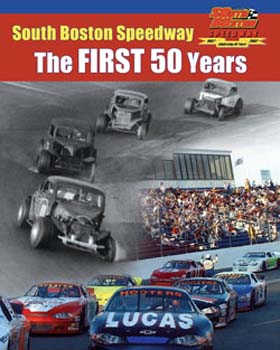
“This photo-filled history of Virginia’s famous asphalt oval was compiled by SoBo’s staff and published this spring by Coastal 181.
Full of records and stories of the Mattiolis’ legendary track, including competitors from Ray Hendrick to Tommy Ellis, the Sadler Brothers and Denny Hamlin.”
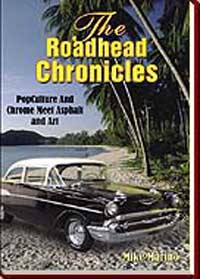
Mike Marino has delivered a one-two punch of a book that goes under the V-8 hood of the American car culture. It’s style is fast paced, rapid fire and colorful, and examines the Chrome-magnon car and pop culture of America with a sense of humor, history, and a dose of horsepower haiku.
THE ROADHEAD CHRONICLES separates the world of the Roadhead into three distinct sections. You’ll jump into the backseat world of Saturday night drive-in movies, V-8’s and Vietnam, fuzzy dice, carhops, jukeboxes, and the rock ‘n roll rebel without a cause switchblade, black leather jacket lifestyle of the blue suede cruise of the 50’s and 60’s, not to mention the muscle-flexing Motor City of the ’70s where GTO’s ruled the roads!
THE ROADHEAD CHRONICLES will also gas up and kick asphalt through the world of Route 66, the kitsch culture of roadside nostalgia, neon motels, cafes, gas stations and diners, along with an offbeat look at Mystery Spots, Rock City and other asphaltian oddities that have become destinations and road culture icons in and of themselves.
THE ROADHEAD CHRONICLES wraps up with previously published articles of Mike’s Roadhead Columns that explore the city where the “beat” goes on in Jack Kerouac’s North Beach, Jerry Garcia’s spare change Haight Ashbury, all the way to Cadillac Ranch and the famous Ken Kesey bus tour of America in the ’60s. So buckle up, lock and load, and get ready to KICK ASPHALT as you fire up the engine and hit the highway in…THE ROADHEAD CHRONICLES!!
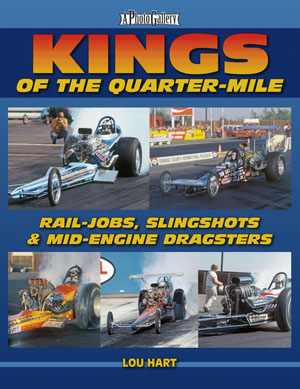
When our young heroes began returning from World War II, they applied the knowledge gained from Uncle Sam towards the fledgling hot rod movement. While speeds increased, rodders learned the hard way just how dangerous it was to “drag it out” on the city streets. In the mid 50s, organized drag racing gave hot rodders a safe place to race. Cars evolved from pre-war coupes and sedans to crude “rail jobs,” which were stripped and narrowed frame rails with nothing more than an engine, driveline, seat, and steering gear. As hot rodders were the true Mothers of Invention, the cars later became hand-made, finely crafted “Slingshot Dragsters.” Dubbed the “Kings of the Sport,” these supercharged, fuel-injected Slingshots burned exotic fuels and captured the attention of every young enthusiast from coast to coast. The cars dazzled with gleaming chrome, Candy Apple, Pearlescent, and Metalflake paint jobs, while the nitromethane fuel produced an unforgettable thunderous sound. This new volume contains all the stars that waged war on quarter-mile strips of asphalt from California to Maine. It’s a vivid pictorial display that captures the true essence of extreme acceleration in all its glory.
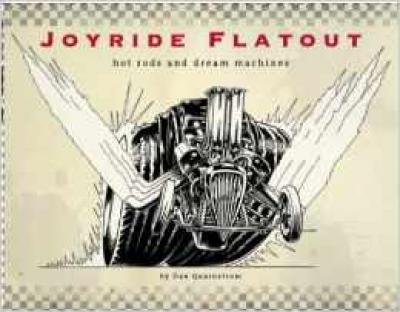
In Joyride Flatout, Dan Quarnstrom revisits the territory that originally inspired him, taught him to draw for the sheer fun of it and to recognize the opportunities he was presented with. Before he had a career, and throughout the one he has persued, he’s been completely nuts about Hot Rods. This book is the manifestation of that obsession.
JOYRIDE – in its simplest incarnation a joyride can be as innocent as taking the family car out for a spin. Perhaps taking mom’s station wagon or dad’s sedan to an empty stretch of road and opening them up for some velocity challenged friends.
More elaborate schemes to fulfill the need for speed include “borrowing” a stranger’s car and returning it a few hours later, albeit with the addition of a few extra miles on the odometer and a lot less rubber on the tires.
In an effort to quench this primal desire, rational men will drop big block Chrysler motors into tiny Fiat bodies and smoke their way down a quarter mile of asphalt. In belching fire and screaming noise, dreams are made real, and so it is on the printed page.
To Joyride is to recapture the sense of what is possible. The exhilaration of ideas well executed, barriers being broken, the collision of the sublime and the ridiculous.
If JOYRIDE is inspiration, then FLATOUT is intensity.
The artwork in this book is the continuation of Quarnstrom’s lifelong fascination with hot rods, dragsters and custom cars, currently called Joyride Flatout. As the source of his earliest inspiration and having provided him with the raw materials for a lifetime of drawing, he revisits this subject matter often. These are the drawings he wanted to do when he was 12 years old, but didn’t have the skills to pull them off (some are drawings done when he was 12).
The pioneers of wild style car design, Ed “Big Daddy” Roth and his contemporaries, were at the height of their powers as custom car designers, providing a panorama of challenges for thousands of aspiring pencil jockeys. They provoked, validated and sustained his interest in the mechanical as art.
On the other side of the fence the drag racers were creating some of the most aesthetically pleasing, murderously loud, fire breathing beasts imaginable. More characters than cars, machines had been transformed into something beyond our comprehension. They made quite a lasting impression.
The concepts Dan Quarnstrom internalized then about design, attitude, character, shape, volume, weight, mechanics, precision and patience, he now uses professionally, on a daily basis. More importantly the real lesson was the enticement, the challenge, to think unconventionally, to color wildly outside the lines. It was a conspiracy of fun.
This is a book about finding inspiration and holding on to it.
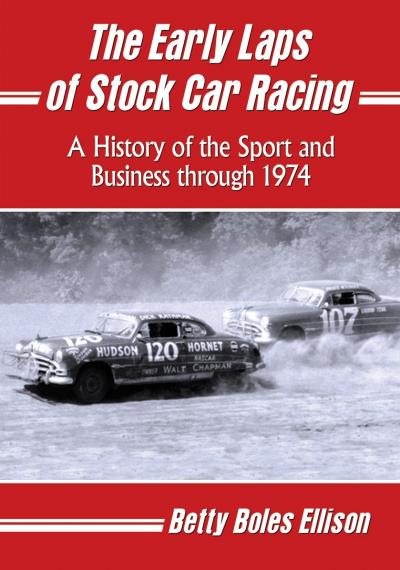
“A History of the Sport and Business through 1974
The first organized, sanctioned American stock car race took place in 1908 on a road course around Briarcliff, New York—staged by one of America’s early speed mavens, William K. Vanderbilt, Jr. A veteran of the early Ormond–Daytona Beach speed trials, Vanderbilt brought the Grand Prize races to Savannah, Georgia, the same year. What began as a rich man’s sport eventually became the working man’s sport, finding a home in the South with the infusion of moonshiners and their souped-up cars.
Based in large part on statements of drivers, car owners and others garnered from archived newspaper articles, this history details the development of stock car racing into a megasport, chronicling each season through 1974. It examines the National Association for Stock Car Automobile Racing’s 1948 incorporation documents and how they differ from the agreements adopted at NASCAR’s organization meeting two months earlier. The meeting’s participants soon realized that their sport was actually owned by William H.G. “Bill” France, and its consequential growth turned his family into billionaires. The book traces the transition from dirt to asphalt to superspeedways, the painfully slow advance of safety measures and the shadowy economics of the sport. ”